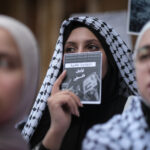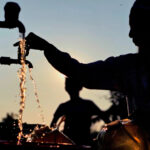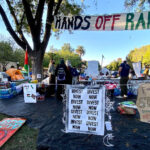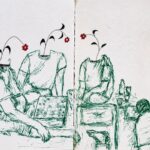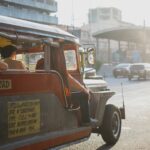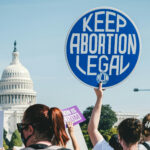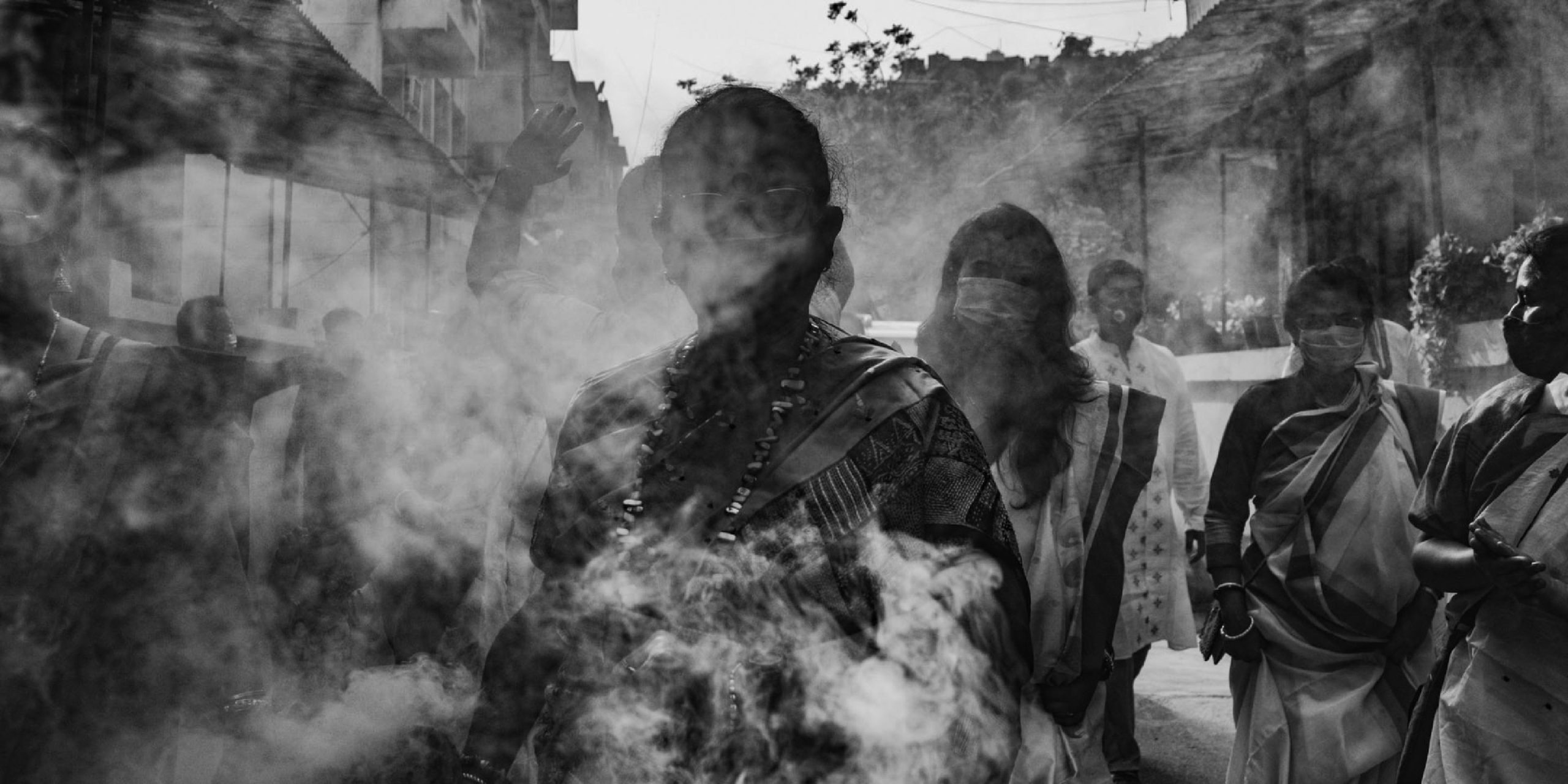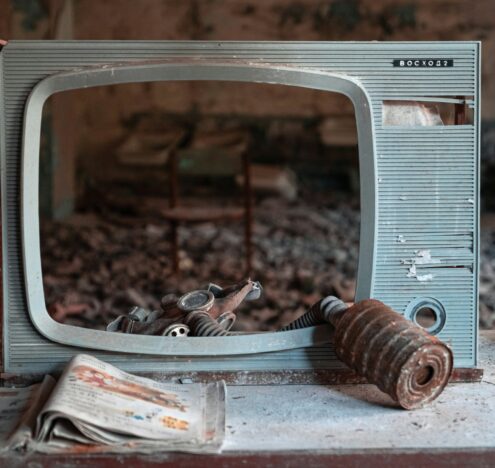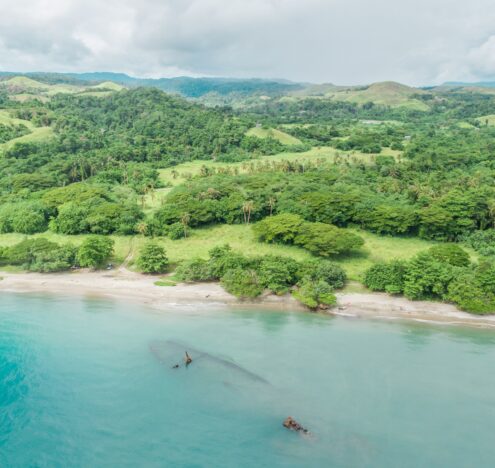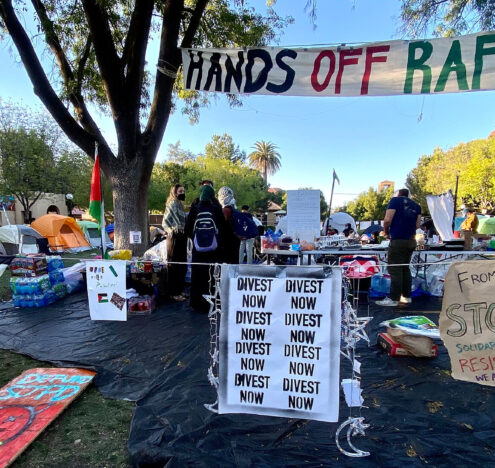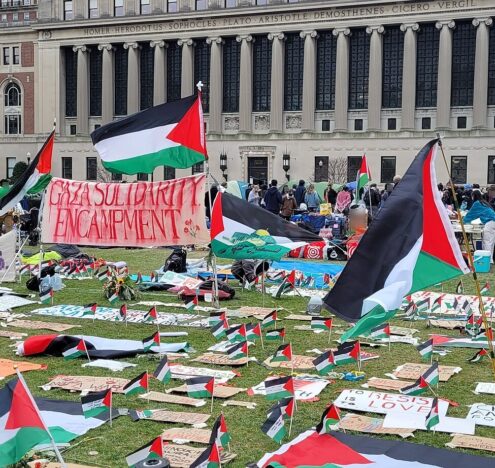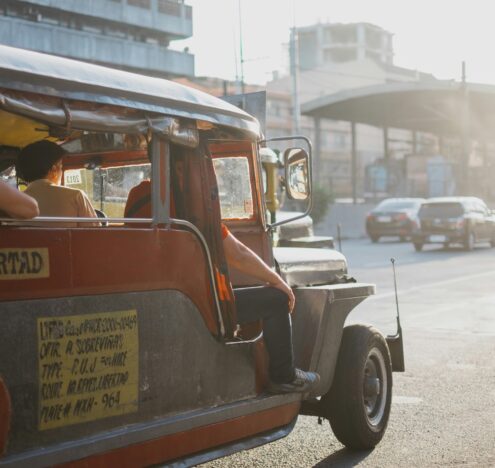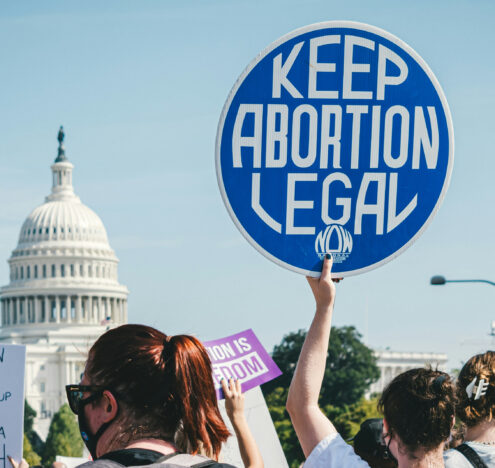Arriving at Delhi’s Indira Gandhi International Airport amidst India’s deadly, devastating second wave of the COVID-19 pandemic is a lesson in contrast.
The arrivals terminal, poorly ventilated, welcomes you with two semi-official checkpoints. Officers — not in uniform — mark the boarding passes of the newly disembarked with red “health check” stamps. The uniformed officer at the gate to baggage claim does not examine this stamp and instead insists you show him the immigration stamp you received moments prior. When you exit the airport, you are greeted by a billboard of Prime Minister Narendra Modi and the lotus symbol of his BJP — a promise of employment and good health. On the streets, Delhi police barricades stop you, at random, for cursory checks. You arrive home and TV news awaits you with election polling, while a strong Modi — the most popular Prime Minister in independent Indian history, you are told — proclaims a national lockdown is only a last resort. There are no images to be seen charting India’s near-vertical case and death spike, but you may see several images of Hindu pilgrims bathing in the Ganges as part of the Kumbh Mela pilgrimage. Somewhere in the peripheries of this glow, families plea desperately for oxygen and ICU beds for their loved ones, their voices deafened swiftly by grief and loss. Mass cremations and burials — the dead are vastly undercounted and there is hardly remaining room for them — are sidelined as well.
This is not the picture of a “Strong India.”
As a tragic second COVID-19 wave has left India burning and buried, public accountability is nowhere to be seen. After declaring premature victory over the virus in January, Modi has instead gathered massive, unmasked crowds in election state West Bengal. He has pandered to the country’s Hindu majority with rhetoric delivered from lofty parapets, squashed dissent and deepened “in” and “out” crowd fault-lines. For all the energy Modi’s cabal infuses in its incessant campaign for power, 1.3 billion Indians crying for help can rely only on a gutted, class-conscious health system. The BJP government has built its brand around the veneer that it feeds its majorities while vilifying Muslim minorities and treating the poor as expendable. As the virus ravages indiscriminately, ubiquitously and unchecked, a mythologized “Strong India” — immune to the virus and an economic powerhouse of and for Hindus — stands in place of real, competent governance.
As the virus ravages indiscriminately, ubiquitously and unchecked, a mythologized “Strong India” — immune to the virus and an economic powerhouse of and for Hindus — stands in place of real, competent governance.
Despite the Modi government’s assertions of Indian strength, India’s healthcare system has collapsed. While all Indians have suffered and lost, lack of public support disproportionately affects the millions of poor Indians who have neither the resources nor connections to access vital care. The “Strong India” rhetoric the government touts in India’s claims to regional hegemony mask a reality where 86 million people live in “extreme poverty” and nearly 30% of adults and 40% of female adults are illiterate. This is especially troubling when an effective social distancing, mask-driven program to curb the spread of the deadly virus relies on citizens’ basic education. Despite imposing a strict nationwide lockdown in March 2020, the government did little to disseminate accessible information on COVID-19 suppression tactics and mask-wearing. Poor migrant laborers fled cities to rural homelands en masse in migrations reminiscent of the 1947 Partition. High rates of illiteracy combined with population density and rising unemployment — as part of which 75 million more people fell into poverty since the beginning of the pandemic — makes millions more susceptible to contracting the disease amidst this deadly second surge.
For a country rightly hailed the “pharmacy of the world” — with a massive vaccine production capacity and a history of administering doses to all citizens — the paltry vaccine rollout is a distinct governance failure. India oversaw the largest vaccine distributions in history with its smallpox vaccination program which lasted through the 1970s, and polio vaccination program through the early 2000s. Both vaccination programs utilized state and local infrastructure to inoculate rural and urban-dwelling Indians alike. The World Health Organization declared India smallpox free in 1978 and removed it from the list of polio endemic countries in 2012. With a proven track record, high production capacity and low COVID-19 case rates in January, India was well positioned to have its own house in order by April. The Modi government instead failed to order a sufficient number of vaccines in advance at about the same time that Modi declared victory over the virus. India exported 66 million doses of the vaccine to 95 other countries as part of a vaccine diplomacy campaign that journalists situate within the emerging narrative of India-China regional competition. Now, lacking supply and infrastructure, India is vaccinating only 2 million of its citizens per day, a rate that it would need to increase threefold to meet demand.
Still, the government perpetuates a delusion of success and not the “apocalyptic” reality as India charts record case numbers and supplies remain elusive. Even as news of India’s second wave has made headlines across the world, Indian newspapers and broadcast news display a frightening normalcy, with election reports, cricket highlights and interviews with foreign leaders all taking precedence over pandemic reportage. In the “Times of India” and “Hindustan Times,” two of India’s leading newspapers, COVID-19 coverage only briefly notes rising case numbers and dwindling oxygen and hospital resources. BJP supporters interpret images of widespread suffering as making India appear “weak,” part of a foreign attempt to target India. Only a select few outlets remain committed to critical inquiry and have published pieces criticizing the BJP government’s pandemic response. This is all the latest iteration of the Modi government’s multi-year assault on dissent and independent journalism.
The BJP has mobilized myth makers to ensure it does not suffer politically as a result of its mismanagement. As the government has green-lighted construction on a new Prime Minister’s residence as an “essential service,” there are reports of deliberate undercounting of COVID-related deaths. At the same time, each newly vaccinated person receives a certificate with Modi’s portrait on it. The BJP government has ordered Facebook, Instagram and Twitter to remove dozens of posts criticizing its handling of the pandemic, while pro-government propaganda abounds. The Prime Minister’s currency remains his Hindu nationalism and he maintains an almost god-like status among his supporters. He has consistently deflected his domestic failings by drumming up nationalist support around foreign policy and unfurling a widespread Hindu nationalist, anti-Muslim program at home. For his base, no amount of death and devastation will break the hold of the Modi mythology and reveal the dangerous, anti-democratic narcissism underneath it.
One need not scratch too far beneath the surface to grasp the extent of the tragedy in India. Those with relatives in India have watched anxiously, both closely and from afar, as positive tests consume households whole. Residents of Indian cities fear going outside of their homes. It is a warzone: The virus is everywhere. There is a sense of inevitability as residents huddle at home waiting for COVID-19 particles to drift in through the air. Older grandparents, alone and under-vaccinated, are succumbing to the illness. There is no sense that vaccines or oxygen will arrive promptly enough to stave off further suffering. For the poor, health channels are so wrought with obstacles and information so scarce that self-protection is impossible. Indians and their family members are not interested in the government’s veneer or its “Strong India” ambitions: They care about staying alive.
Sunaina Danziger is a Research Assistant at the Henry L. Stimson Center and the Deputy Editor of South Asian Voices, a publication on the politics and security of the subcontinent. She researches nationalism, border politics and the history of political ideologies, and is a graduate of Harvard College.


